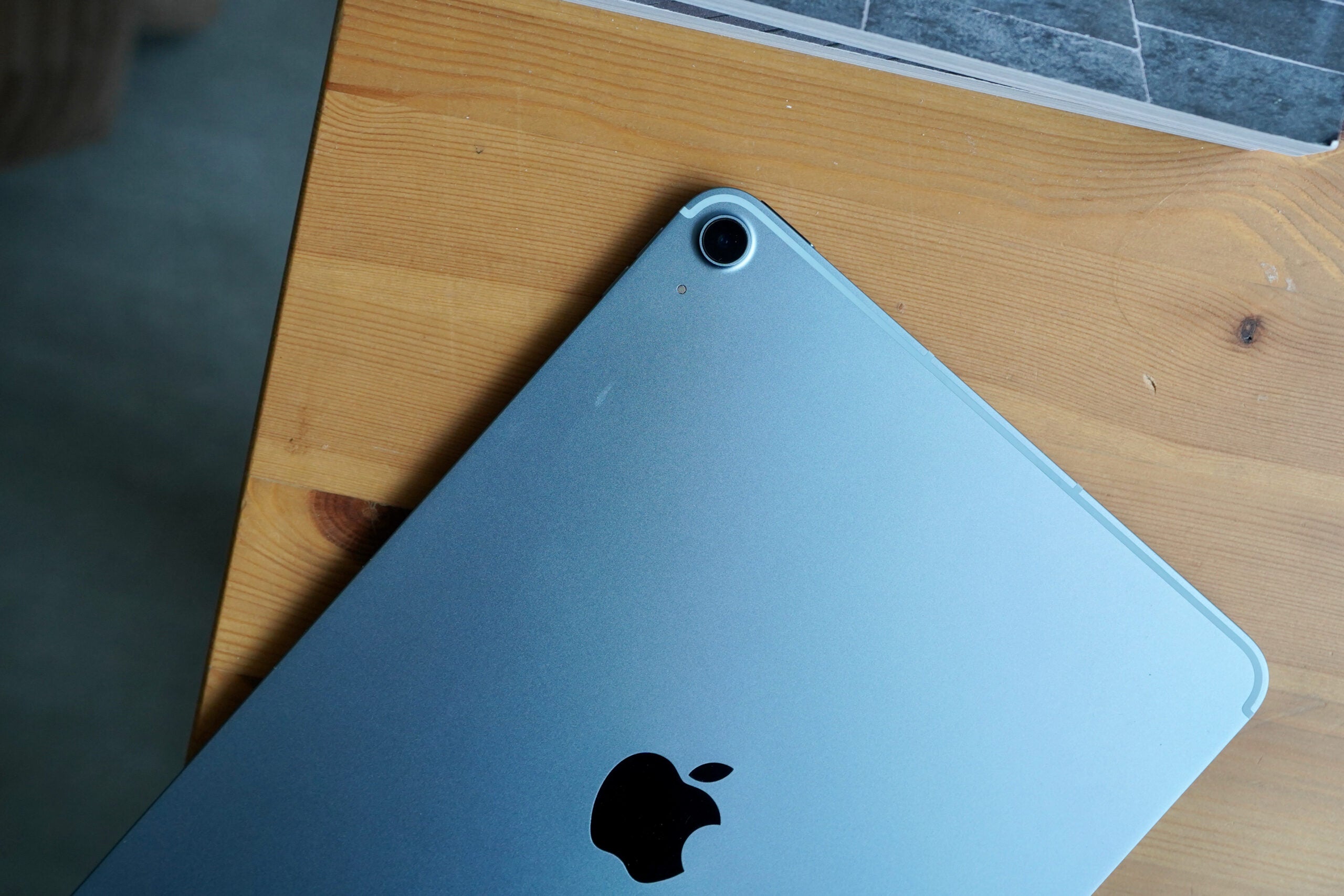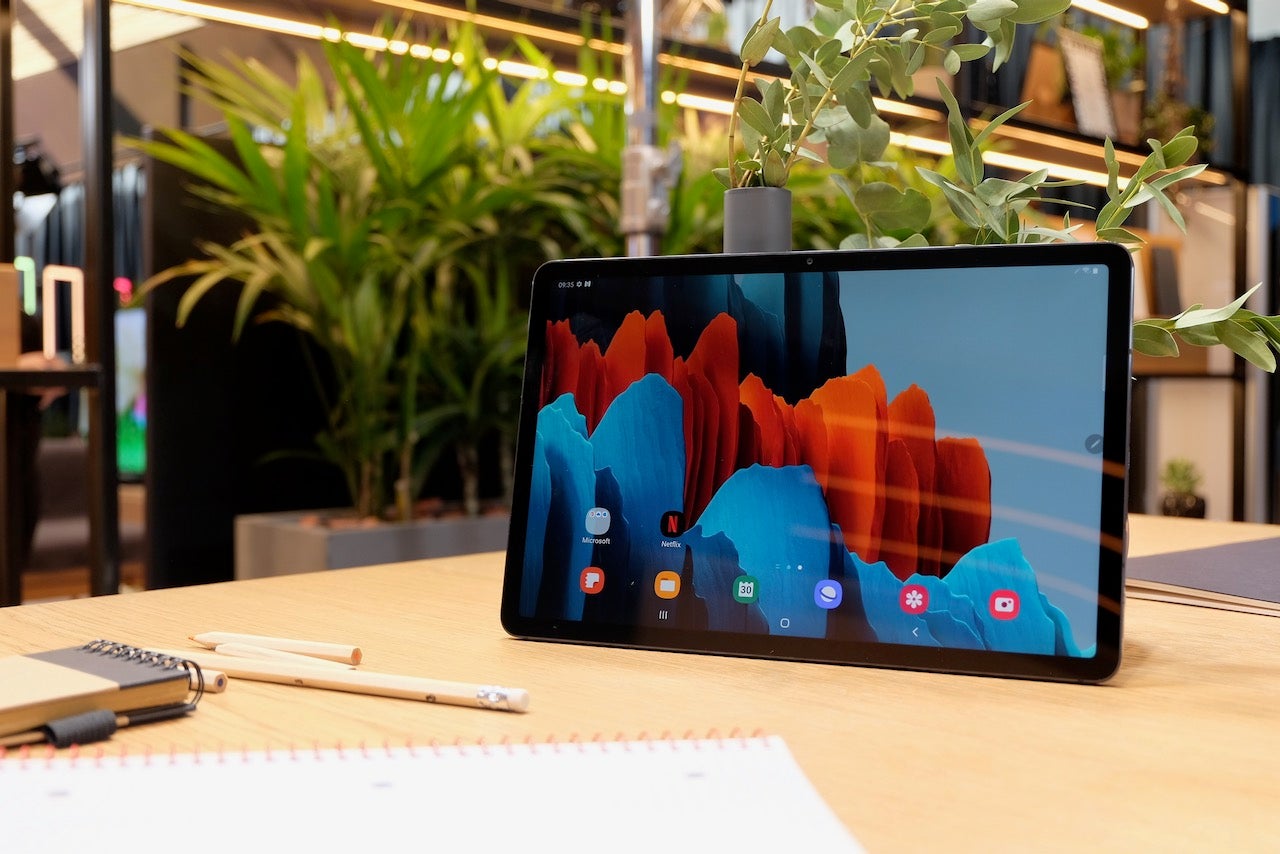iPad Pro (2020) Review
iPad Pro (2020) Review
The most complete tablet yet?
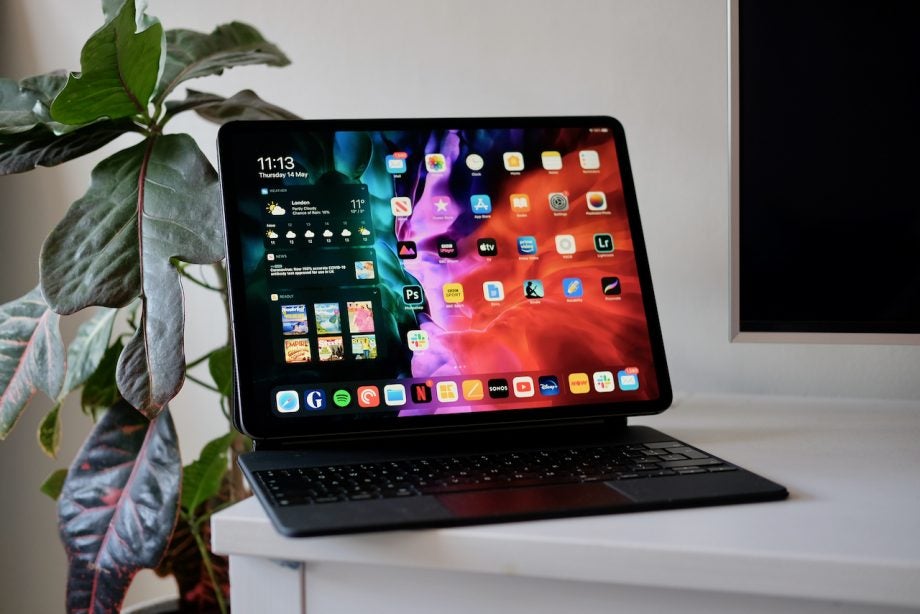
Verdict
If you already own the previous-gen iPad Pro then there’s little here to warrant an upgrade. No real performance boosts and very few user-facing new features. You can even use the new Magic Keyboard with the older tablet. But this is still a fantastic device, and for the right person it’s the best tablet going. It’s beautifully designed, packs a gorgeous display, and works with a bounty of strong add-ons and apps. It’s as close to a laptop replacement as I’ve found – even if it won’t be completely there for everyone.
Pros
- Fantastic display
- Lovely design
- Great add-ons
- Loud, detailed speakers
- iPad apps keeps on getting better
Cons
- Minimal upgrades from the previous version
- Battery life upgrades would be welcome
- As a package it gets very expensive
Key Specifications
- Review Price: £769
- 11-inch or 12.9-inch ProMotion display
- A13Z Bionic
- Smart Connector
- USB-C
- iPadOS with cursor support
Following a dramatic redesign in 2018, the latest version of the iPad Pro sticks close to what made its predecessor great.
The iPad Pro 2020 might have been somewhat overshadowed by the simultaneous launch of the Magic Keyboard accessory, but this high-end tablet has plenty going for it and it’s not only one of the best iPads, but also up there with the best tablets you can buy.
This version of the iPad Pro has now been updated to the iPad Pro (12.9-inch, 2021). The 2020 version reviewed here is no longer being sold but we have a full review of the newer model with the M1 chip, new screen tech and more.
Design and Screen
- Comes in two sizes: 12.9-inch and 11-inch
- Support for the wireless Apple Pencil and Magic Keyboard
- 120Hz ProMotion display is great
There were significant changes design-wise with the last iPad Pro (the 2018 model), so the likelihood of a notable redesign this time around was always going to be slim. Over the past few years, Apple has become known for retaining the look of its devices through multiple generations, and that’s the case here.
The iPad Pro 2020 is virtually indistinguishable from its predecessor – and considering how gorgeous the former tablet remains, this is far from a bad thing. If current rumours are to be believed, it even appears that Apple will be borrowing elements of the design used here for the upcoming iPhone 12.
Instead of mirroring the older, classic iPad design (which is still very much alive in the iPad Mini and Air), the iPad Pro more closely resembles the iPhone 5 series. Curves are swapped for straight lines, alongside definitive edges and a flat back. Four speakers sit at either end, with a USB-C port for charging along the bottom.
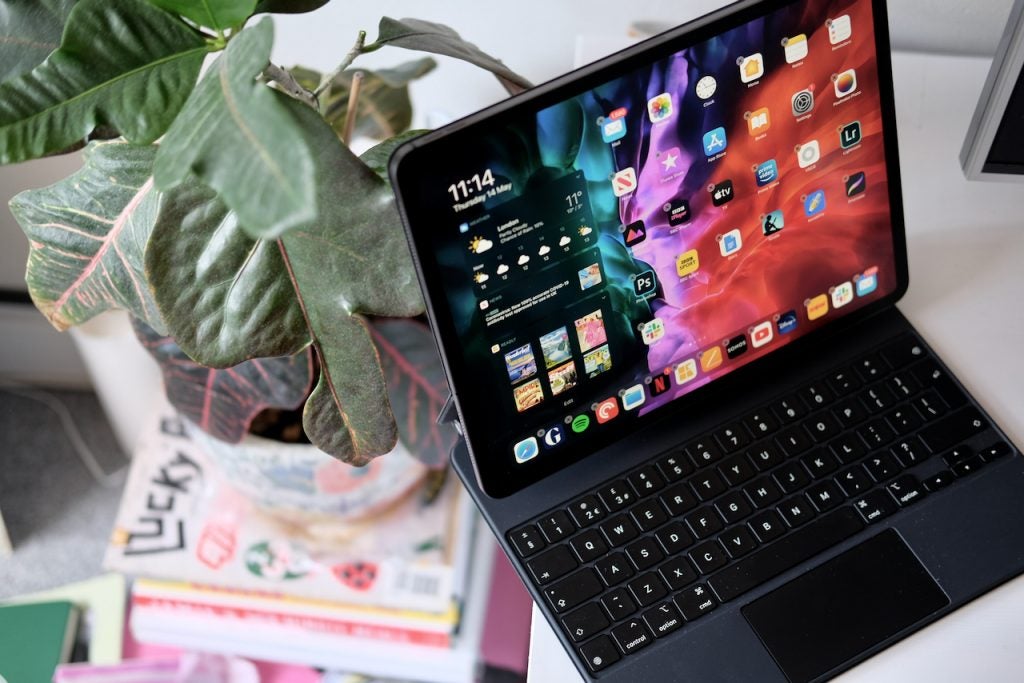
The new iPad Pro feels very much like a device that will be used horizontally, with keyboard attachments and the like. And in that vein I’d have liked to have seen the very good front camera positioned at the top, rather than on the side.
You can pick up the iPad Pro 2020 in two sizes, 11 inches and 12.9 inches, in both silver and space grey. Both models feature identical hardware, accessory support and the same overall design. Basically, which you opt for will be determined by size and, well, price.
I used an 11-inch Pro for a few years and loved the portability, but switching to the 12.9-inch model does show that for many it will be the more practical choice. If you’re looking for a device to compliment your laptop then the 11-inch will be ideal. The larger model is far superior for multitasking.
For use as a regular tablet, the 12.9-inch iPad Pro takes some getting used to. Once you’re familiar with that huge screen, however, the device is an absolute pleasure to use, especially for design work and drawing. It’s great for reading, too, in particular for large-format magazines.
Of course, the 11-inch model is lighter (471g versus 641g for the Wi-Fi model); however, both versions of the iPad Pro are 5.9mm thick.
Also similar in both versions of the iPad Pro 2020 is the screen tech found inside. You don’t need to plump for the larger version to get all the high-end features.
The display is a true highlight, even if there haven’t been any notable upgrades over the previous version. It remains the finest screen on any tablet, even if a switch to OLED rather than LCD would be the icing on the cake.
It’s a 120Hz ProMotion display, with P3 colour gamut support, a reported 600 nits of brightness and a 264ppi across both models. The LCD (or Liquid Retina as Apple likes to call them) is sharp, responsive and supremely colourful.
It’s the ProMotion tech that really stands out, though. It dynamically shifts the refresh rate up and down to deliver the smoothest possible image without draining the battery too quickly. I say “too quickly”, but as I’ll cover in the “Battery” section, the iPad Pro’s battery life isn’t consistently fantastic.
So while phones with these high refresh screens are either locked to 120Hz or 60Hz, the iPad switches this up depending on what you’re doing. Watching a video, where a higher refresh rate is of limited value? This device will lower it itself. It’s clever tech that I really hope is adopted in at least some iPhone 12 models.
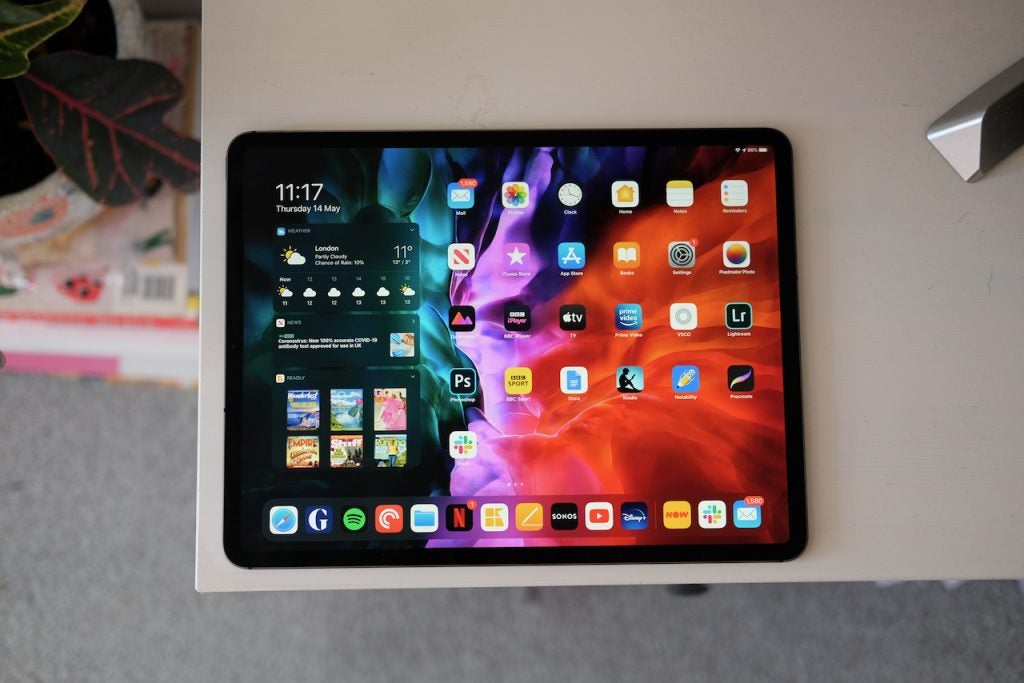
The ProMotion tech also helps if you’re drawing and sketching using the Apple Pencil. The £129/$129 stylus charges wirelessly and addresses the majority of issues with the first-gen Pencil. Drawing is responsive and there are lots of fantastic apps – including Procreate, a favourite that offers deep drawing and sketching tools. For taking notes I’ve been impressed by Notability, which again makes very good use of the Apple Pencil.
Performance
- Inside you’ve got Apple’s A13Z Bionic
- LIDAR scanner for 3D depth mapping
- iOS remains the best OS for tablets
Normally you’d expect a new iPad Pro to come with a far superior chip to the silicon sitting inside its predecessor. This isn’t necessarily so here, though. Instead of building upon the A13 Bionic from the iPhone 12 series, the iPad Pro 2020 takes the A12 from the older Pro and replaces the X numerical with Z.
The Z prefix relates to the graphics performance, which here is boosted thanks to the unlocking of an extra GPU core. And that’s it.
Things are more different with the camera array. This is the first iPad to boast two main camera sensors: a 12-megapixel f/1.8 main sensor and a secondary 10-megapixel ultra-wide camera. Both take good, if not great, pictures. The ultra-wide unit’s shots are a lot softer than the iPhone 11, and while the main camera captures well in good light, your phone is likely to do a better job. On the front is a 7-megapixel TrueDepth camera, which is far better than a MacBook Pro or Air for video calling. This camera also enables the very accurate Face ID system.
The most interesting new addition to the camera array is a LiDAR (Light Detection and Ranging) sensor. This is basically a 3D sensor that uses similar ToF (time of flight) tech to Android phones. Its main functionality here is for augmented reality, giving these apps more accurate data to work with. It’s a neat addition, but until many more apps make use of it, it feels like a feature most won’t use.
I can’t say I’m a fan of high-end cameras on iPads. The added size of the module means the iPad rocks around on a desk and a lesser spec-heavy array might have brought down the overall price of the device. Although, in another vein it feels as if Apple is so far ahead of the competition when it comes to high-end tablets that additions such as LiDAR are the only meaningful updates it can introduce.
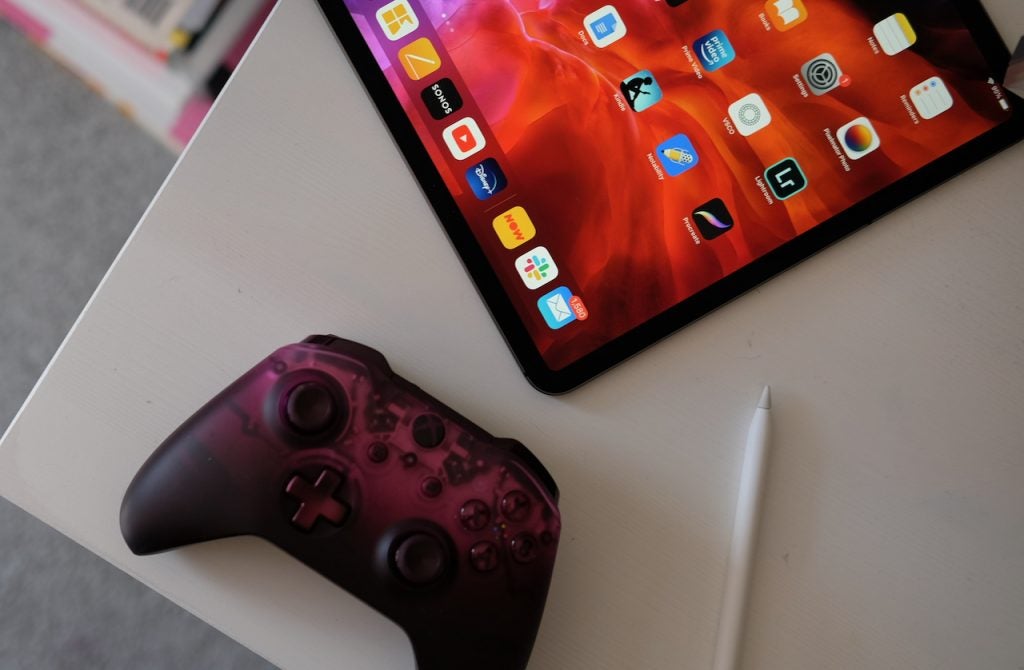
Related: Samsung Galaxy Tab S6 review
According to the Geekbench benchmarking app, both models of iPad Pro come with 6GB of RAM. While the 1TB 2018 iPad Pros also came with this amount, the smaller storage options packed 4GB. Base storage has jumped to 128GB, a decent increase over the paltry 64GB offered for the price before.
The previous iPad Pro was nippy, and this new version is that too. The extra graphics grunt isn’t obvious, though, so I’m not sure I’d recommend upgrading for that addition alone. Still, the chip here is so supremely capable, outperforming the rest of the market. I played my way through a number of games, both from Apple Arcade and the App Store, and all performed without a hitch – however, they also play well on the latest iPad Mini. Benchmark scores from Geekbench 4 show similar scores to the 2018 version of the iPad Pro, with a 1117 single-core score and 4640 for the multi-core.
I exported 10 minutes of 4K faster here than on a 2016 MacBook Pro – a basic test, yes, but it shows how far these tablets have come. Editing huge Raw files in Lightroom also proved a pleasant experience; using the Pencil and your fingers to manipulate images is so much better than making changes on a far away display.
As mentioned, the iPad Pro 2020 comes with four speakers that sit on the device’s sides – and they sound great. They’re loud, detailed and display good separation. It’s a shame there’s no headphone jack, however; its lack of inclusion on a tablet is far more irksome than on a phone.
As has been the case with previous high-end iPads, a 4G (no 5G here yet) model is available alongside the Wi-Fi version. The former is a little heavier, pricier and features a few extra antenna lines, but the changes are minimal.
Software
It was iOS’s limitations that once held back the iPad. With iPadOS, this is no longer the case – well, in most instances anyway.
The latest version of the software powering the iPad is the best yet, at least in trying to make this machine as productive as ever.
For instance, cursor and trackpad support is well implemented, even if apps need to be updated to make proper use of it. Apple’s Pages app is a pleasure to use with an attached mouse or trackpad (Apple’s Magic Keyboard, for instance), with the cursor morphing into buttons when required. This doesn’t yet work with Google Docs (whose experience remains poor on an iPad) and it won’t be coming to Word until later in the year.
Multi-tasking is a similar story. In apps that properly support it, it’s great; but you can’t simply reshape any window as you do on a regular computer. It works well, until you’re hit with a restriction that stems your workflow. I’d say the iPad Pro 2020 serves me well for completing 90% of my day-to-day tasks; but it’s that last 10% that stops the device from being a true MacBook replacement.
At least the iPad remains king when it comes to apps and services. The app selection here is excellent, with powerful tools and games. iPadOS has added the ability to import snaps directly, offering significant benefit with apps such as Lightroom, bypassing the need to first add them to the Photos app.
Accessories
Along with the Apple Pencil, the company offers a few more add-ons whose aim is to make working on the iPad Pro 2020 akin to working on a laptop. The highlight is the new Magic Keyboard – a £299/£349 (same price in $) unit that offers a fantastic typing experience, if you’re willing to splash the cash.
Unlike the keyboard folio, the Magic Keyboard packs a responsive trackpad, backlit keys and passthrough USB-C charging. It “floats” on the display with the help of super-strong magnets. It also ditches the fabric-covered keys for chiclet buttons similar to those found on the new MacBook Air and MacBook Pro.
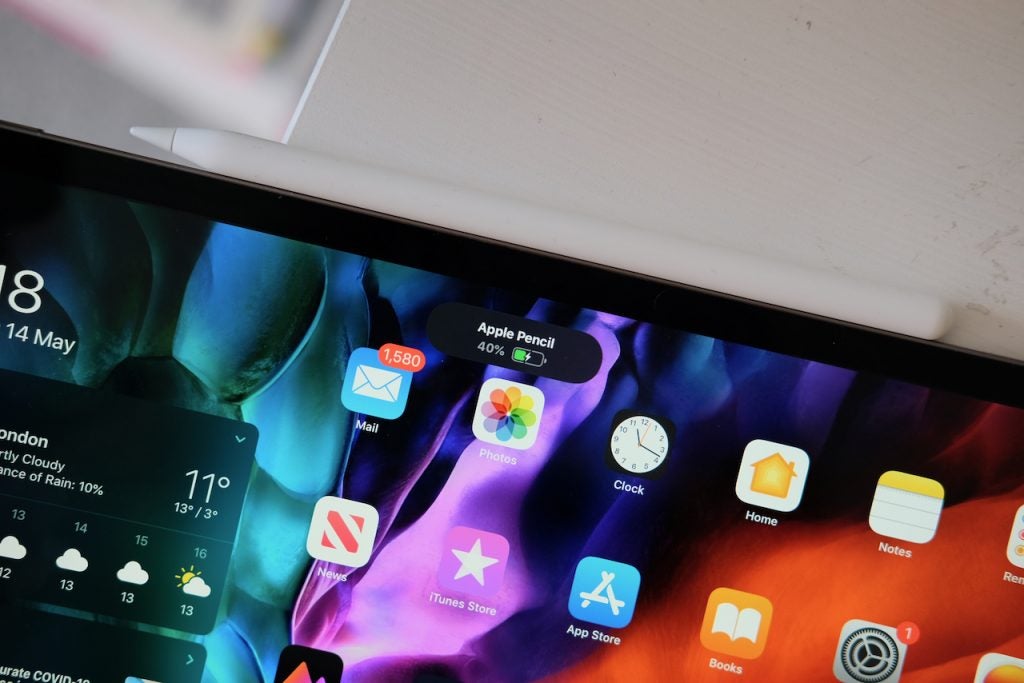
Pair the Magic Keyboard with the 12.9-inch iPad Pro and you have a setup that’s actually heavier than a MacBook Air – and thicker, too. Even the keyboard on its own weighs more than the iPad. Still, it’s a productive setup on which typing is a pleasurable experience.
There’s no doubting it’s a lot to spend on a keyboard, though. Opting for an 11-inch iPad Pro and Magic Keyboard will take you to a price that’s very similar to the base MacBook Air.
Battery life
- Not much of an upgrade over previous models
- USB-C for charging
There hasn’t been much change to the battery life on iPads over the years, with the majority of currently available slates from Apple claiming around 10 hours of media playback.
The iPad Pro 2020 offers decent endurance, although how you use it will alter the time it lasts quite drastically. For instance, if you’re replacing your laptop with this machine and using it for a full workday, expect to charge the iPad Pro every night. Still, that’s a lot more impressive than any Apple laptop.
Watching streamed video on the big screen, and gaming, can be real battery hogs. A couple of hours of video streamed from the Now TV app consumed 25% of the iPad Pro’s battery. The results fare better with downloaded content. I noticed fast depletion with lots of photo importing and editing in Lightroom, although I was able to draw for hours without much loss.
USB-C is the main connector here and it’s far superior to Lightning. Not only does it mean you can use a bunch of chargers (like the one from a recent MacBook, or even Windows laptop), but it lets you plug in hard-drives, thumb sticks and dongles. You could, for instance, charge your Apple Watch directly from the iPad – I use this handy Satechi Apple Watch charger that gets rid of wires completely.
Price
There are two screen size variants the iPad Pro 2020, with pricing as follows for the 11-inch models:
- iPad Pro 11-inch 128GB: £769
- iPad Pro 11-inch 256GB: £869
- iPad Pro 11-inch 512GB: £1069
- iPad Pro 11-inch 1TB: £1269
Meanwhile, the 12.9-inch variants have the following prices:
- iPad Pro 12.9-inch 128GB: £969
- iPad Pro 12.9-inch 256GB: £1069
- iPad Pro 12.9-inch 512GB: £1269
- iPad Pro 12.9-inch 1TB: £1469
You should buy it if…
You want a huge screen with ProMotion
You can only get a 12.9-inch display if you go Pro, with all other iPads coming in smaller sizes. This is also the only iPad with the smooth 120hz ProMotion panel and that makes everything from gaming to drawing feel a lot better.
Appreciate tablet photography
This is the best tablet around for pictures and video, plus the LiDAR opens up new avenues into AR shooting and better 3D depth mapping.
You shouldn’t buy it if…
120Hz isn’t important
If you’re not fussed about having the 120Hz display or the choice of a 12.9-inch size then really you’re best off looking at the iPad Air 4.
FAQs
The most recent iPad Pro came out in March 2020
No. Apple has yet to release a waterproof iPad.
The Apple Pencil costs extra, it doesn’t come with the iPad
You’ll have to buy a keyboard separately
The latest versions of the iPad Pro have a USB-C port
No. Apple has yet to release an iPad with wireless charging.
Apple ditched the headphone jack from the iPad Pro in 2018 and the latest version doesn’t have one.
Specifications
How we test phones
We test every mobile phone we review thoroughly. We use industry standard tests to compare features properly and we use the phone as our main device over the review period. We’ll always tell you what we find and we never, ever, accept money to review a product.
Trusted Score
Jargon buster
iOS
The operating system that powers Apple’s mobile devices.
Apple Pencil
Apple’s stylus for use with its tablets. There are two models available and each works with different iPads.
iPadOS
An iPad version of iOS made for tablets.
LCD
The type of display usually used on cheaper and mid-range devices. Lacks the punch on an OLED panel.
ProMotion
Apple’s name for its fast 120Hz display tech, only found in the iPad Pro/
ProMotion
Apple’s name for its fast 120Hz display tech, only found in the iPad Pro.


